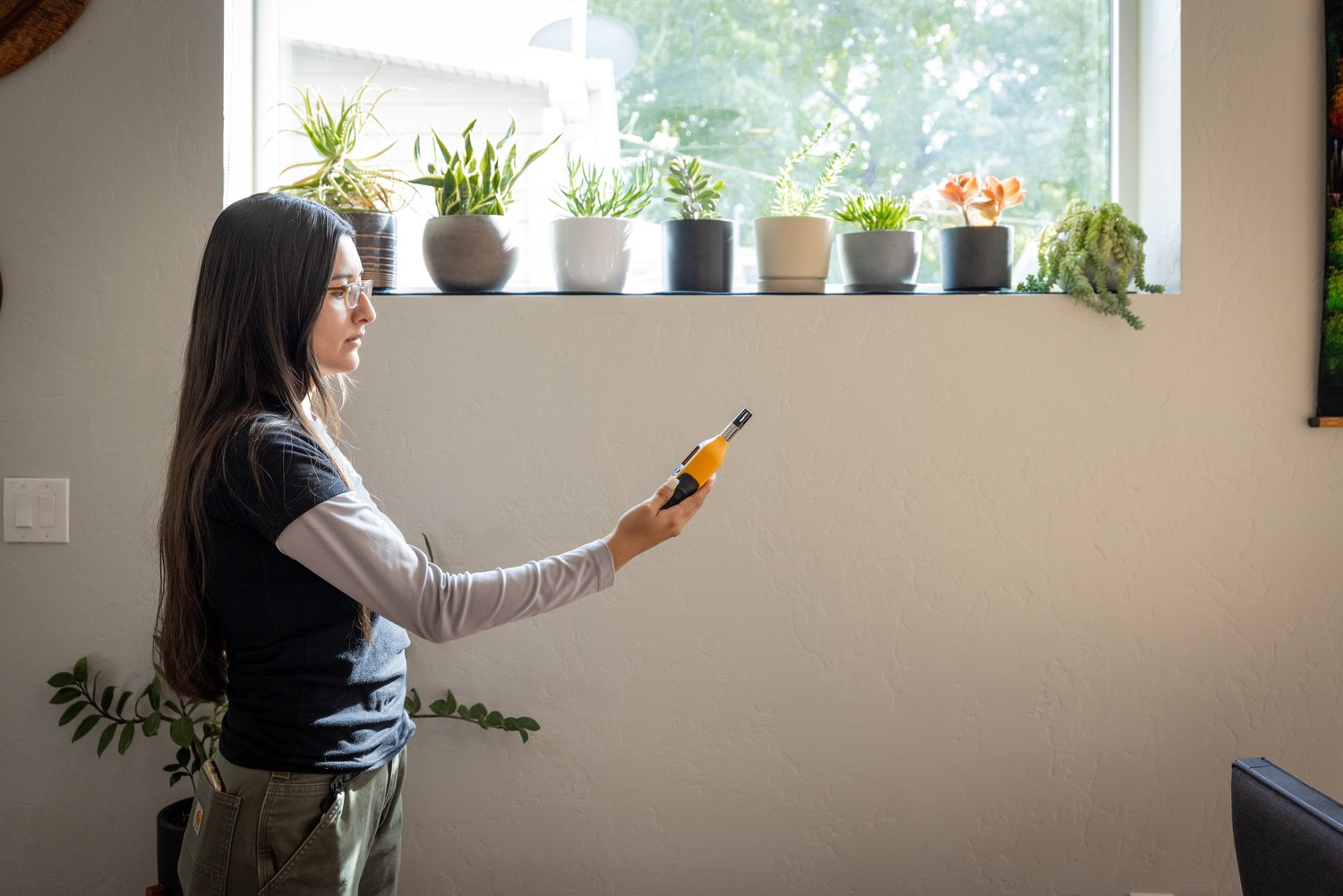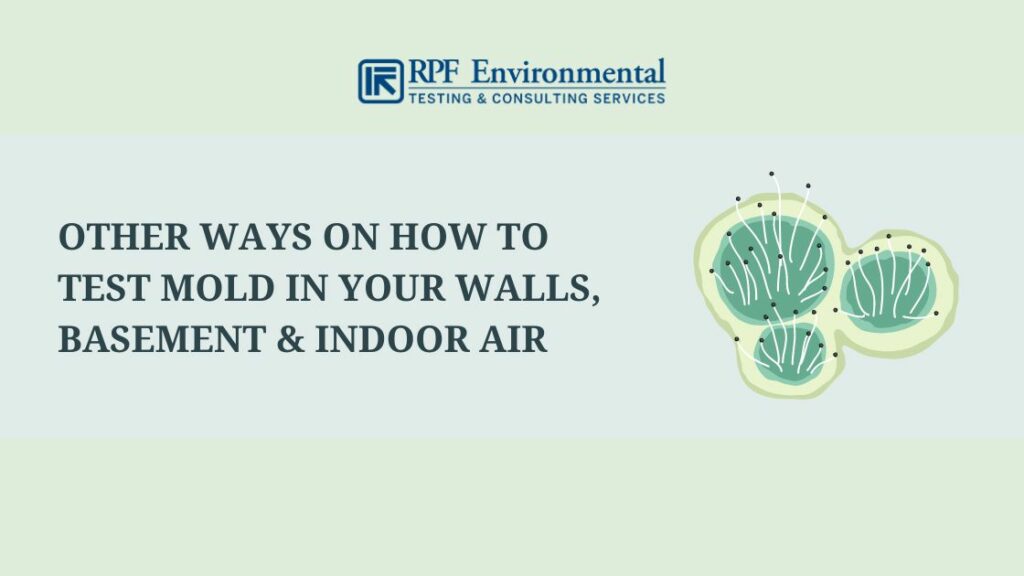The Function of Mycotoxin testing Services in Food and Feed Security
The Function of Mycotoxin testing Services in Food and Feed Security
Blog Article
How Mycotoxin Testing Assists Stop Contamination and Guard Food Products

Mycotoxin screening is a crucial practice in the food market, offering as a frontline protection against contamination by dangerous toxins created by mold and mildews. Via the application of advanced strategies like High-Performance Fluid Chromatography (HPLC) and Fluid Chromatography-Mass Spectrometry (LC-MS), food producers can precisely evaluate and spot mycotoxin levels in farming items.
Comprehending Mycotoxins
Comprehending mycotoxins begins with acknowledging that they are hazardous additional metabolites generated by specific mold and mildews, which can pollute agricultural products. These metabolites are not crucial for the development or recreation of the fungis but can have serious effects for animal and human wellness. Mycotoxins are frequently found in staple crops such as corn, wheat, barley, and nuts, where they can multiply under details problems of wetness and temperature.
There are several kinds of mycotoxins, each generated by different fungal species. Fusarium species create trichothecenes and fumonisins, both of which are linked with different severe and chronic wellness problems.

Threats of Mycotoxin Contamination
The threats of mycotoxin contamination are multifaceted, positioning significant threats to both food safety and security and public health and wellness. Mycotoxins, harmful compounds created by particular types of fungi, can pollute a large variety of agricultural items including grains, nuts, flavors, dried out fruits, and coffee.
Economic influences are an additional significant concern. Polluted crops can lead to substantial economic losses for farmers and food manufacturers because of lowered yields and the requirement for pricey decontamination procedures. Additionally, worldwide profession can be dramatically prevented as nations enforce stringent mycotoxin laws to protect their populations, bring about declined deliveries and stretched trade relations.
Ecological variables such as environment adjustment worsen the danger of mycotoxin contamination. Variants in temperature level and moisture can create beneficial conditions for fungal growth, boosting the chance of contamination occasions. Hence, understanding and reducing these threats are essential for making certain the safety and security and honesty of international food products.
Methods of Mycotoxin Testing
Accurately identifying mycotoxin contamination in agricultural items is crucial for guarding public wellness and keeping food security requirements. Different techniques are utilized to identify and measure mycotoxins, each offering particular advantages and limitations.
High-Performance Fluid Chromatography (HPLC) is a commonly utilized method due to its high level of sensitivity and accuracy. It involves dividing mycotoxins from various other substances in a sample, allowing accurate metrology. Likewise, Liquid Chromatography-Mass Spectrometry (LC-MS) incorporates fluid chromatography with mass spectrometry to offer detailed molecular information, making it specifically beneficial for recognizing numerous mycotoxins all at once - Mycotoxin testing Services.

Gas Chromatography-Mass Spectrometry (GC-MS) and Thin-Layer Chromatography (TENDER LOVING CARE) are additionally used, each with unique applications. GC-MS works for volatile mycotoxins, while tender loving care uses a less complex, cost-efficient choice for initial screening.
Benefits of Regular Testing
Normal screening for mycotoxins in agricultural products provides various benefits, significantly adding to public wellness Recommended Reading and food security. By determining contamination early, regular screening assists stop the distribution of toxic foods, therefore decreasing the risk of mycotoxin-related illnesses amongst consumers. This proactive strategy not just safeguards human health but additionally enhances the total high quality of food materials.
Regular testing likewise sustains regulatory conformity. Various nations and regions have developed rigid restrictions for mycotoxin degrees in food and feed. Abiding by these limits through regular screening guarantees that suppliers and manufacturers meet lawful standards, therefore avoiding fines and trade obstacles. Maintaining compliance cultivates customer count on and brand name reputation, which are important for market success.
Additionally, routine mycotoxin screening can cause substantial financial benefits. Early detection of contamination permits prompt treatment, reducing potential losses from extensive contamination. Carrying out normal screening methods can also minimize recall costs and related responsibilities, which can be monetarily ruining.
Furthermore, normal testing offers useful data that can notify much better agricultural practices and storage conditions. By understanding patterns of contamination, manufacturers can take on safety nets, thereby adding and minimizing future dangers to the sustainability of the food supply chain.
Executing Examining Methods
Carrying out efficient mycotoxin testing protocols is crucial for ensuring the safety and security and top quality of farming products. Establishing a durable screening structure involves multiple vital actions, starting with the identification of possible contamination points within the production and supply chain. This consists of pre-harvest, post-harvest, storage space, and distribution stages. Each stage needs to be inspected to pinpoint where mycotoxin contamination is more than likely to happen.
As soon as essential control points are identified, choosing appropriate screening methods is necessary. Typical strategies consist of enzyme-linked immunosorbent assay (ELISA), high-performance fluid chromatography (HPLC), and mass spectrometry (MS) Each method has its toughness and weak special info points; thus, selecting the proper one depends upon the details mycotoxin being checked, the required sensitivity, and readily available resources.

Last but not least, integrating the testing methods into an extensive food safety and security administration system is recommended. This boosts traceability and allows swift rehabilitative actions when contamination is detected, consequently protecting the honesty of the food supply chain.
Final Thought
Mycotoxin testing is vital in protecting against contamination and safeguarding food supplies by allowing very early discovery of unsafe toxic substances produced by molds in farming items. Regular testing enhances brand track record, economic security, and trust in food safety by reducing contamination-related losses and maintaining high requirements in food production.
Mycotoxin testing is an indispensable practice in the food industry, offering as a frontline protection versus contamination by unsafe contaminants generated by mold and mildews. An incorporated strategy entailing farming practices, storage management, and regular testing can minimize the dangers connected with mycotoxin contamination, making sure food security and public health and wellness.
The risks of mycotoxin contamination are multifaceted, posing substantial risks to both food security and public health.Regular screening for mycotoxins in agricultural products offers countless advantages, considerably contributing to public wellness and food safety and security.Mycotoxin testing is important in preventing contamination and safeguarding food products by allowing early discovery of dangerous toxins produced by mold and mildews in agricultural items.
Report this page